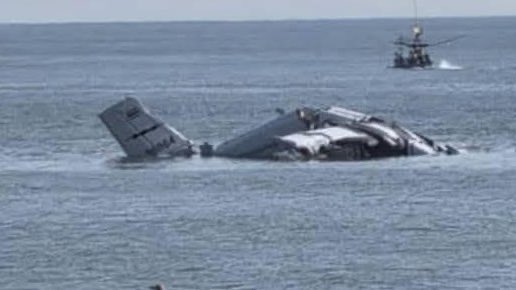The investigation into last month’s Jeju Air crash in Muan, South Korea, which killed 179 people, has hit a major roadblock: the plane’s black boxes stopped recording four minutes before impact. Flight data and cockpit voice recorders failed to capture the final moments when the plane crash-landed, overshooting the runway and colliding with an embankment.
The damaged flight data recorder (FDR) was sent to the US for analysis. The premature failure of both recorders is unusual, with experts speculating a total power loss. However, a Boeing 737 pilot with 20 years and 10,000 flight hours on the type told Aviation24.be that, even without power, the FDR and the CVR continue working.
The plane, Jeju Air flight 7C2216, attempted an emergency go-around after warnings of bird activity but made a sharp, ill-fated turn, landing gear retracted. Among the 179 fatalities were two Thai nationals, the rest South Korean.
Authorities are investigating potential landing gear malfunctions and scrutinising airport operator and maintenance records.
Victims’ families have called for independent oversight of the investigation, while South Korean and U.S. labs analyse the limited data for clues. The cause remains unresolved, deepening the tragedy’s mystery.
Our Boeing 737 pilot correspondent also commented that on the picture showing the plane flying close to the ground, the reversers are open. It means that electricity was available close to the ground to allow a reverser opening. Gear extension and warnings were available through the normal system, AND if needed, manual handles WERE available from the cockpit, taking a minute to be operated.
From the Boeing 737 Operations Manual:





I know everyone wants to avoid speculating or wait for officials. Their really are two possibilities. They either had second bird strike on the left engine at a separate time and lost power, or they shut down the wrong engine. They could not have gone around without having one good engine. Nor could they have turned around and landed the opposite direction without thrust. The timing suggests, possibly shutting down the wrong engine after the go around. The configuration of no gear and flaps makes sense for a dual engine failure, where the immediately turned for the runway after shutting down the wrong engine and attempted to extend the glide. Flaps and slats may have helped, but the backup for the flaps and slats run off of electric motors. The lack of a CVR or FDR complicates things, but the crash wasn’t caused by losing these devices anymore then it was caused by the localizer wall. It’s either really bad luck with heroic actions, or a major human factors mistake. Also, the tower controller would have seen things like the altitude and location where they turned back towards the runway. The Korean government’s call to make changes to both airport configurations and “step up pilot training” might suggest that they know more then they’re reporting. I’d also be willing to bet that the engine manufacturers know the status of the left engine. They had no problem reporting the right engine had a bird strike….which we already know.